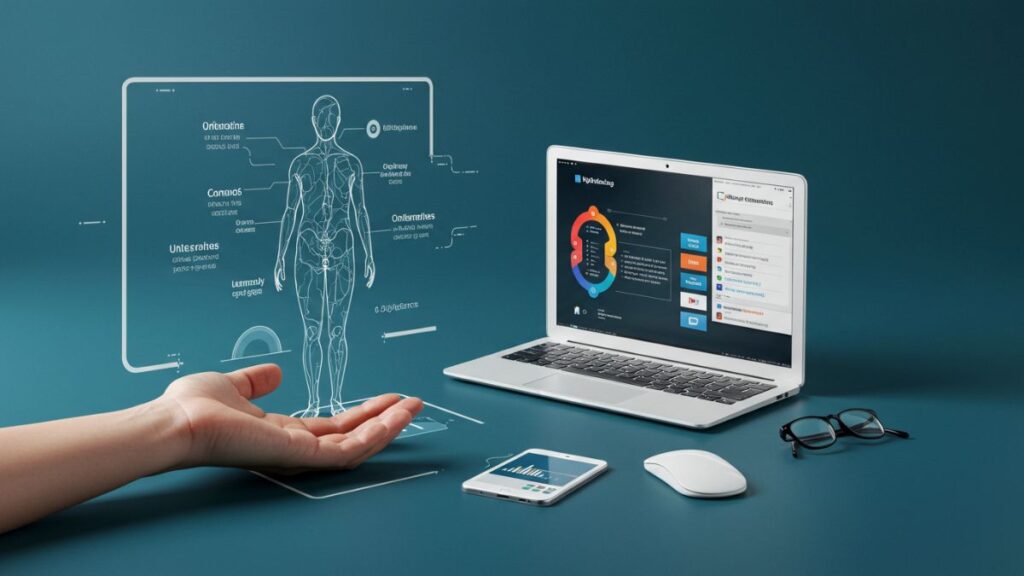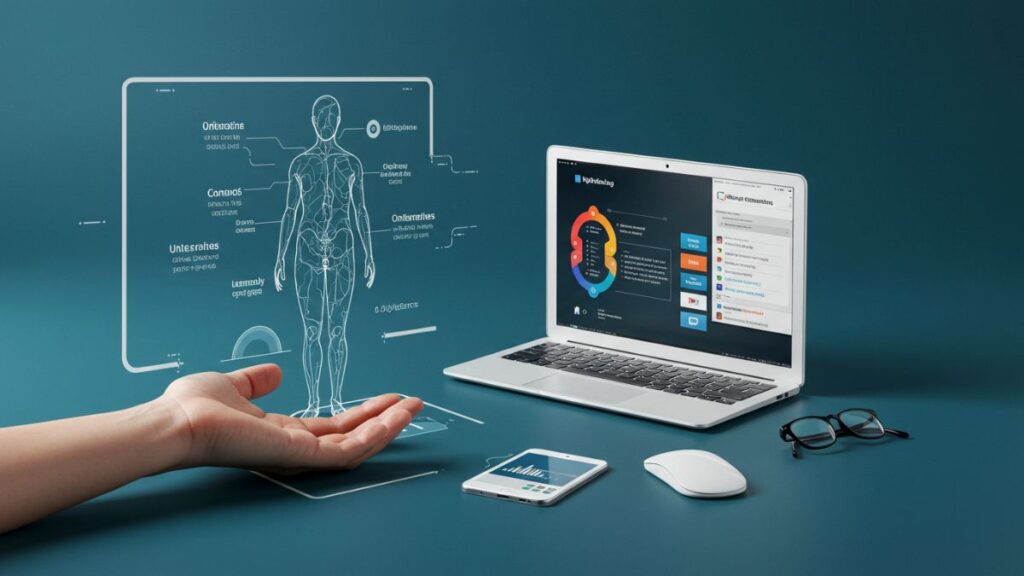In a world where digital boundaries continue to blur, websites like iofbodies.com emerge as powerful, and sometimes controversial, digital repositories. Whether used for educational, scientific, memorial, or forensic purposes, platforms that showcase or analyze human data—especially when it involves imagery, identities, or physical records—carry immense ethical responsibility.
This article serves as a deep exploration into the ethical framework, challenges, responsibilities, and future directions surrounding iofbodies.com, while offering guidance on what users, contributors, and developers should know.
Understanding iofbodies.com: What Is It Really?
While iofbodies.com may not be widely understood by the public, the name implies an intersection of “bodies” (possibly anatomical, forensic, or memorial) and digital “IO” (input/output), suggesting a platform dealing with human data—potentially bodies in a biological, medical, cultural, or symbolic sense.
Examples of such platforms might include:
- Medical or anatomical archives
- Digital autopsy or forensic documentation
- Memorial databases or war records
- Virtual body mapping tools for education
- Cultural or anthropological preservation sites
These platforms can serve important social, educational, or scientific functions, but they must operate under rigorous ethical guidelines to avoid misuse, exploitation, or harm.
Why Ethics Matter in Digital Platforms Like iofbodies.com

With the rise of digital media, we are increasingly exposed to images and information that were once private, sacred, or strictly professional. When human dignity, identity, and mortality are involved, the stakes are much higher.
Key Reasons Why Ethics Matter:
- ✅ Preservation of Human Dignity
Human remains, identities, or data must never be reduced to curiosity objects or commercial fodder. - ✅ Legal Compliance Across Borders
Different countries have different standards on how human-related data can be used, especially posthumously. - ✅ Psychological Impact on Viewers
Graphic or sensitive content must be handled carefully to prevent trauma or desensitization. - ✅ Prevention of Exploitation
Vulnerable populations, such as victims of violence or marginalized communities, must never be exploited for clicks or views.
Core Ethical Principles iofbodies.com Must Uphold
🔹 1. Informed Consent and Rights Management
Before uploading or sharing images, stories, or data, iofbodies.com must ensure that:
- Proper consent has been obtained
- Historical materials are public domain or legally cleared
- Any living subjects (or next of kin for the deceased) have granted permission
🔹 2. Contextualization and Educational Framing
Without proper context, content can be easily misunderstood. Every image, case study, or reference must be:
- Accompanied by disclaimers or content warnings
- Clearly labeled for educational or scientific use
- Positioned within a framework of empathy and understanding
🔹 3. Anonymity and Data Protection
Names, locations, and other identifiers should be removed unless they serve a clear public interest. The platform must follow:
- GDPR and CCPA compliance
- Secure data storage practices
- User privacy and opt-out options
🔹 4. Cultural and Moral Sensitivity
Different cultures have different beliefs about how the dead should be remembered or represented. iofbodies.com must:
- Respect cultural taboos or restrictions
- Avoid misrepresenting rituals, history, or religion
- Collaborate with anthropologists or cultural liaisons where appropriate
🔹 5. Clear Mission and Editorial Integrity
Transparency is key. The site should:
- Clearly state its purpose (e.g., education, advocacy, documentation)
- Reject advertising models that sensationalize human suffering
- Moderate user-generated content strictly
Case Study Examples: How Similar Platforms Navigate Ethics
🧠 Visible Human Project (National Library of Medicine, USA)

A digitized human body used for anatomy education—developed with full consent and scientific intent.
🕯️ Holocaust Victim Memorial Sites
These sites offer names, faces, and stories—but always within a respectful, documented, and culturally supported framework.
🩻 Forensic Anthropology Case Archives
Used by students and law enforcement, these resources anonymize individuals and highlight science over spectacle.
Takeaway: iofbodies.com can learn from such platforms and blend scientific accuracy with human compassion.
Potential Challenges and Criticisms of iofbodies.com
- ⚠️ Sensationalism and Clickbait Risk
Without ethical filters, shocking images or titles can dominate, diminishing trust and integrity. - ⚠️ Ethical Gray Zones with Historic Content
Many old photographs or documents lack legal clarity—requiring extra caution and disclaimers. - ⚠️ International Conflicts Over Data Use
What’s public domain in one country may be protected elsewhere. Global users need regional filters. - ⚠️ Lack of Community Input
Failing to involve affected communities (e.g., victims’ families or indigenous groups) can lead to backlash.
The Future of Digital Ethics: How iofbodies.com Can Lead
Iofbodies.com has the potential to become a beacon of digital responsibility if it invests in:
🧩 Ethics Advisory Boards
A diverse team of ethicists, scientists, cultural leaders, and historians who regularly review content.
💬 Open Feedback Systems
Users should be able to report concerns, suggest improvements, and participate in ongoing ethical discussions.
📚 Public Education Initiatives
Instead of being just a repository, the site can offer webinars, certifications, or ethical toolkits for educators and journalists.
🔐 AI-Powered Safeguards
Smart filters can detect graphic content, sensitive identifiers, or suggest appropriate blur/censor actions.
Frequently Asked Questions
1. What is the main goal of iofbodies.com?
It likely aims to provide educational or memorial content involving human data, anatomy, or history—depending on its exact scope.
2. Is the content on iofbodies.com legal and ethical?
When proper consent, anonymization, and context are provided, such content can be legal and ethical—but must be reviewed continuously.
3. Can users contribute to iofbodies.com?
If so, there should be strict moderation and ethical guidelines to prevent misuse or inappropriate submissions.
4. How does iofbodies.com protect data?
The site should use encrypted servers, anonymized identifiers, and comply with data protection laws like GDPR or HIPAA.
5. Is iofbodies.com suitable for public viewing?
With proper content warnings and filters, the platform can serve students, researchers, and the general public ethically.
Conclusion: Building an Ethically Responsible Future with iofbodies.com
As we stand at the intersection of digital innovation and human dignity, platforms like iofbodies.com must rise to the challenge of ethical leadership. The human body—whether in life or death—deserves respect, sensitivity, and protection. This respect must carry over to every line of code, every image shared, and every narrative told. By embracing transparency, education, collaboration, and compassion, iofbodies.com can set a gold standard for ethical digital practice. In doing so, it can not only serve knowledge but also honor humanity.
